You’re reading Part 3 of 4 in the Operator’s Window series — stories from the cab of Toronto’s subway.
Introduction
From my seat in the cab, I see things most riders never notice. Not just signals and schedules, but the small, human moments that unfold on the platform or in the cars. A teenager quietly giving up their seat for a senior with a cane. A parent juggling a stroller while strangers instinctively step in to help. Or sometimes, a person sitting alone, clearly struggling, invisible to everyone else rushing past.
These are reminders that transit isn’t just about moving people from point A to point B. It’s about humanity — about how design, service, and empathy shape the experience of every rider.
The Human Side of the Subway
Transit often gets described in technical terms: headways, dwell times, train capacity. Those things matter. But when I’m operating a train, I’m equally aware of the human currents flowing through the system.
I’ve seen the relief in a senior’s eyes when someone helps them up the steps, even though accessibility should have made the help unnecessary in the first place. I’ve seen unhoused people settle into corners of the train for warmth on freezing nights, riding until the last stop because they have nowhere else to go.
I’ve also seen kindness that restores your faith. Passengers guiding a blind rider safely onto the train. A group of strangers working together to lift a stroller over a broken escalator. Small gestures, but ones that mean everything to the person on the receiving end.
These moments remind me daily: transit is not just a utility. It’s a community in motion.
The Challenges We See
Not all the stories are uplifting. There are struggles that highlight the system’s gaps:
- Seniors who avoid trips entirely because stations feel unsafe or exhausting to navigate.
- People with disabilities who find elevators broken or poorly located, leaving them stranded or forced to rely on strangers.
- Unhoused riders using the system as shelter, not because they want to, but because it’s the only option.
- Families with strollers navigating stations that weren’t designed with them in mind.
From the cab, I can’t intervene directly in these stories, but I carry them with me. They’re reminders that transit must be designed with humanity in mind, not just efficiency.
The Ontario Connected Lens
Ontario has a rare opportunity: to build new systems and hubs that learn from these lessons, instead of repeating old mistakes.
The Ontario Connected vision imagines hubs that are more than platforms. They’re community spaces, where accessibility is universal, healthcare and social services are nearby, and design fosters safety and dignity.
Picture a high-speed rail hub in Hamilton or Ottawa: seniors glide along moving walkways like those in international airports, families access childcare or community centers right at the station, and no rider ever feels invisible because every element — lighting, seating, accessibility — is designed for them.
This isn’t a dream. It’s a choice. Other cities around the world have proven it can be done. Ontario can too.
Building Humanity Into Design
So how do we move from stories of struggle to stories of dignity?
- Accessibility as a baseline: elevators, ramps, and moving walkways that always work, so no one is left stranded.
- Community services integrated into hubs: healthcare clinics, social services, even housing tied to transit spaces, so vulnerable populations aren’t left behind.
- Human presence: staff and ambassadors who are trained not only in safety, but in empathy, so people know they’re seen and cared for.
- Spaces for connection: waiting areas, plazas, and retail that make hubs feel welcoming, not hostile.
When you design for people, you don’t just move them faster — you give them back independence, security, and dignity.
Stories That Show the Need
I still remember a night when the train doors opened, and a blind rider stepped cautiously forward, tapping his cane. Before I could even make an announcement, three passengers were at his side, guiding him gently to a seat. The train pulled away, and I thought: this is what transit can be when humanity fills the gaps.
But I’ve also seen the opposite. A mother with two kids and a stroller, stuck at the base of a staircase because the escalator was down and the elevator was on the other side of the station. She looked exhausted and defeated, until a stranger stepped in to help. That should never be the story. Accessibility shouldn’t depend on the kindness of strangers — it should be guaranteed by design.
These stories are the daily reminders of why Ontario Connected’s vision matters.
Why This Matters for Ontario’s Future
Transit is the lifeblood of a city and a province. But it’s more than logistics — it’s about belonging. When seniors feel unsafe, when people with disabilities are excluded, when families struggle, the system is failing at its core purpose.
Ontario Connected is about creating a future where transit is truly for everyone: fast, yes, but also fair and humane. Where no rider feels invisible, and where every journey affirms dignity.
This article is one chapter in the Operator’s Window series — a look at what riders rarely see, through the eyes of a subway operator. You can also read:
Conclusion
From the cab, I see both the best and the worst of humanity. I see kindness, resilience, and connection. I also see frustration, exclusion, and struggle. Both are reminders that transit is never neutral — it either uplifts or undermines the people who use it.
Ontario has a chance to build something better. By designing hubs with humanity in mind — with accessibility, services, and dignity built in — we can ensure that every story I see from the platform is one of connection, not isolation.
Because in the end, transit isn’t just about movement. It’s about people. And the future of Ontario’s transit must be designed for them first.
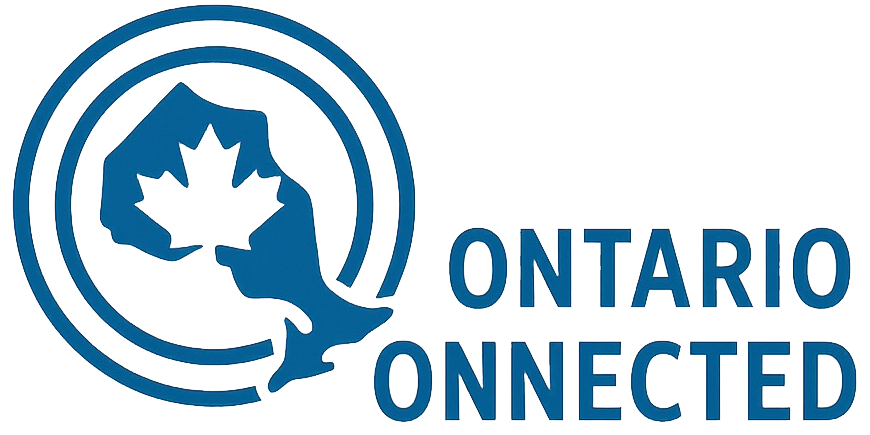
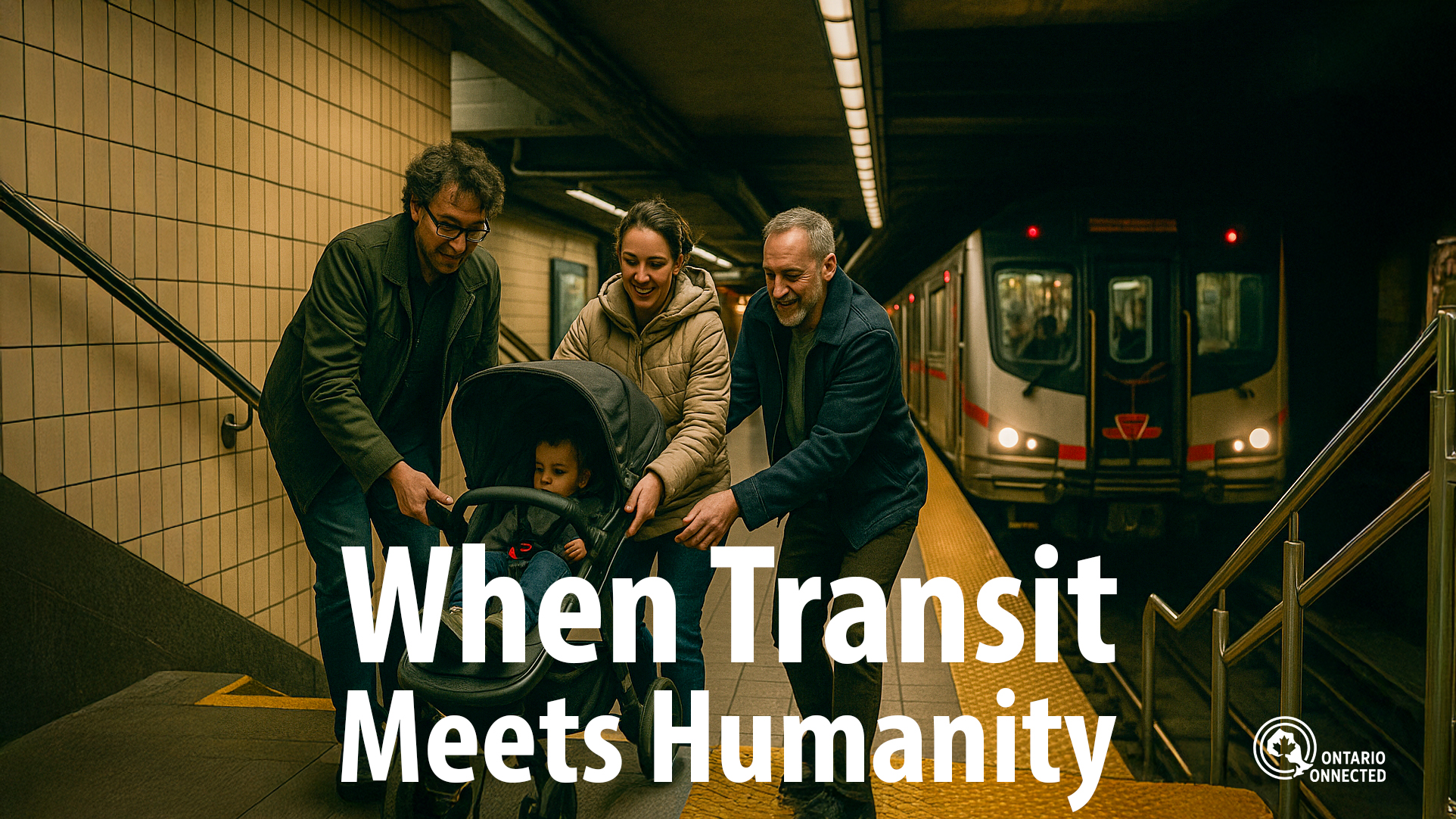
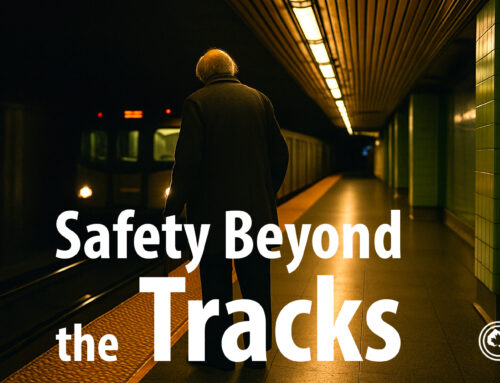
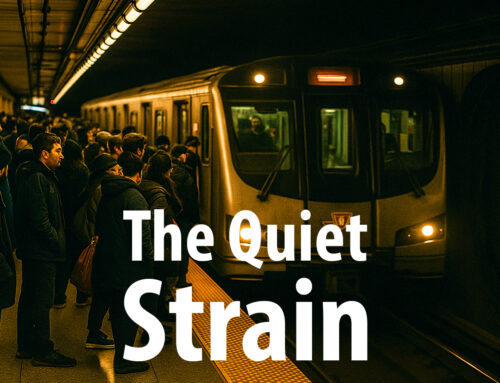
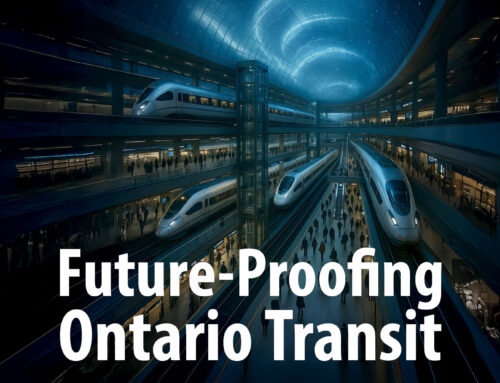

Leave A Comment
You must be logged in to post a comment.